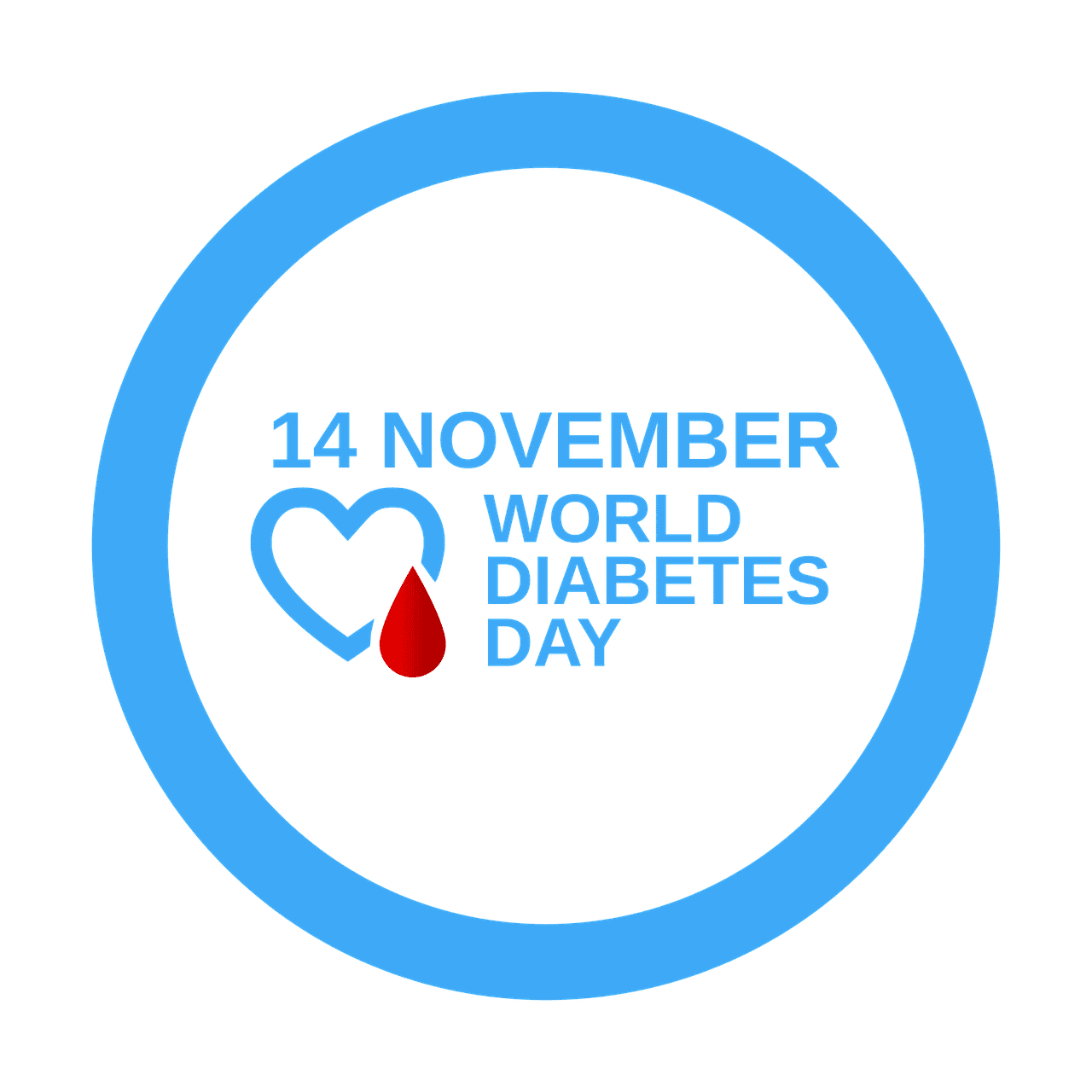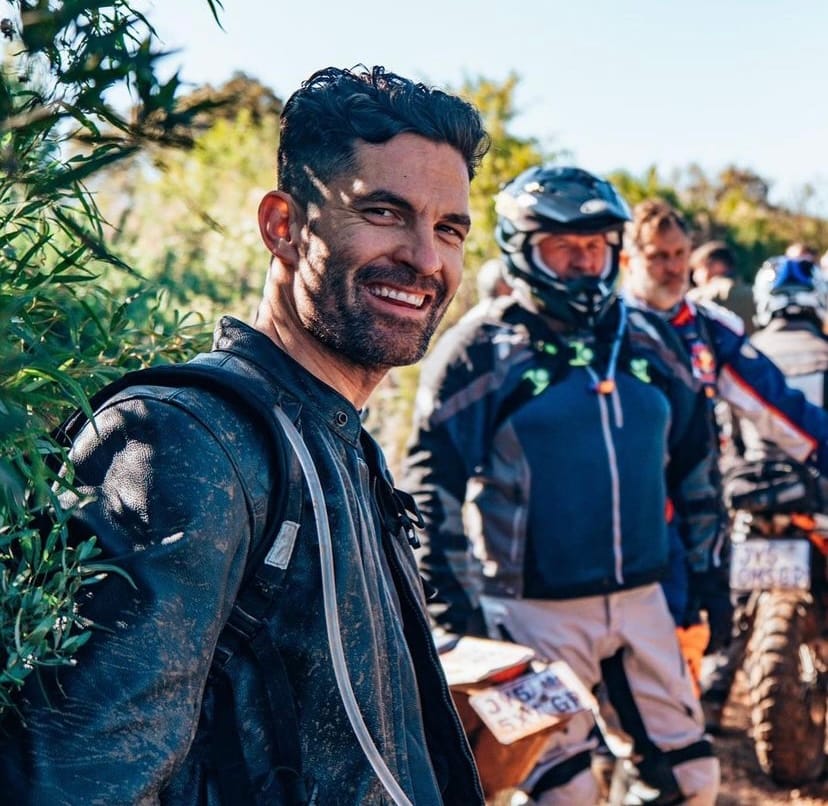A looming crisis is simmering on the horizon of Africa and globally health-wise. The International Diabetes Federation projects that in 2045, there will be a whopping increase of more than 134% in type 2 diabetes. Globally, type 2 diabetes diagnosis will have risen by 45%. These projections are quite concerning in our context. Healthy food is becoming more unattainable. Starch is the trusted staple, with fewer South Africans able to afford the recommended three to five portions of fruits and vegetables daily. Obesity, a once Western phenomenon, has since become a norm in a third-world country in Africa, the new dawn.
Our bodies have a pancreas, a vital organ for the production and release of a hormone called insulin. Insulin enables the glucose from our food to be taken up by our body cells and used as energy. In diabetes, there is an accumulation of glucose in the bloodstream, which unfortunately cannot be taken up by body cells due to insufficient insulin, impaired functioning of insulin or absence of it. People living with type 1 diabetes were born with impaired or absent production due to multiple factors. People living with type 2 diabetes, on the other hand, are predominantly as a result of lifestyle or genetic factors.
There are predominantly two types of diabetes, namely:
- Type 1 diabetes (also known as insulin-dependent type 1 diabetes). One is born with little to no insulin, a hormone the body requires for absorption and energy use in the form of glucose. No insulin in the body means the body has to resort to other forms of energy, such as fats and protein, whilst glucose continues to accumulate in the blood till toxic levels are incompatible with life if not diagnosed and treated promptly.
- Type 2 diabetes (lifestyle dependent)
The good news is that type 2 diabetes is preventable.
How will I know I have diabetes?
Like most diseases, it is not easy to tell without being tested until the last minute when one displays full-blown signs in the form of:
- Feeling thirsty all the time
- Urinating all the time
- Feeling hungry all the time
- Fatigue
- Blurry vision
In severely late presentation, a fatal condition known as Diabetic Ketoacidosis (DKA) can develop. This condition develops due to the body not producing enough insulin for the body to utilise glucose as energy, so it resorts to breaking down fats for energy. The breakdown of fats leads to the accumulation of end products known as ketones, which, in high proportions, are harmful. Patients who present in this state are in a coma and need urgent intervention to bring down the glucose, rehydrate and correct electrolyte imbalances in the body. This intricate process requires skilled clinicians to manage it adequately with close monitoring.
Yearly doctor visits to screen for non-communicable diseases are essential. Ensure to check:
- Body Mass Index (BMI)
- Waist circumference
- Blood glucose, blood pressure and lipid profile
The trick is to stay ahead by living a healthy lifestyle with a diet high in fibre, vegetables, fruits and balanced components of carbohydrates, protein and good fats. Exercise, adequate sleep and stress management are just as important. Being challenged in life is inevitable, but being defeated is optional.






No Comments